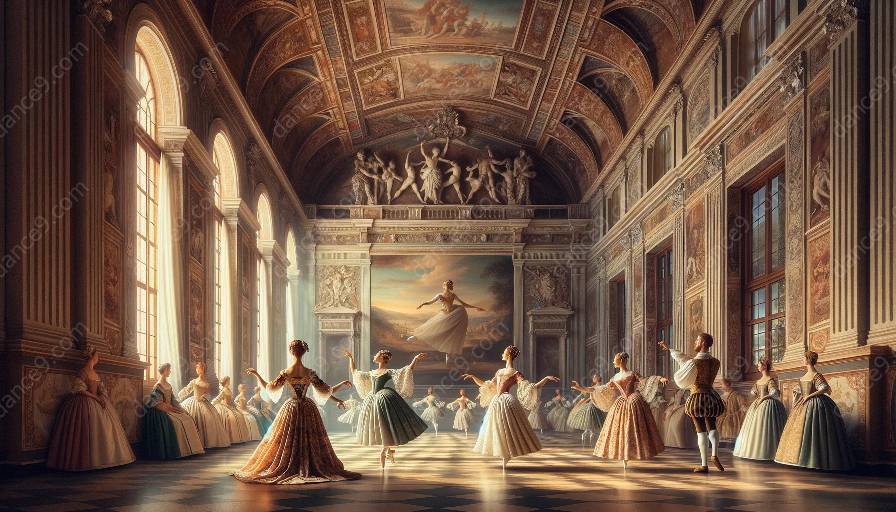Ballet has played a significant role in representing and celebrating cultural diversity and traditions throughout its history. Understanding the origins of ballet and its evolution provides insights into how this art form has embraced and showcased various cultures. By exploring the historical and theoretical aspects of ballet, we can appreciate its impact on promoting cultural diversity and traditions.
Origins of Ballet: A Cultural Tapestry
The origins of ballet date back to the Italian Renaissance courts of the 15th and 16th centuries. Initially, ballet served as a form of entertainment, often featuring lavish performances that integrated music, dance, and elaborate costumes. As ballet spread to other European countries, it absorbed influences from diverse cultural traditions, including French court dances, Spanish flamenco, and Russian folk dances.
Ballet's early evolution reflects the intermingling of different cultural expressions, forming a rich tapestry of movement and music. This fusion laid the foundation for ballet to become a platform for celebrating cultural diversity and traditions.
Ballet History and Theory: Embracing Cultural Narratives
Throughout its history, ballet has evolved to embrace a wide range of cultural narratives, reflecting the diversity of the societies in which it has flourished. From classical ballets such as 'Swan Lake' and 'The Nutcracker,' which draw on European folklore and fairy tales, to contemporary works that explore global themes and multicultural influences, ballet has become a vehicle for depicting and celebrating diverse cultural narratives.
Ballet's theoretical framework has also adapted to accommodate cultural diversity, with choreographers and dancers incorporating movements and gestures inspired by various traditions. Collaboration between ballet companies and artists from different cultural backgrounds has further enriched the art form, fostering cross-cultural exchanges and mutual understanding.
Celebrating Cultural Diversity and Traditions Through Ballet
Ballet serves as a powerful medium for celebrating cultural diversity and traditions by providing a platform for artists to express their heritage, rituals, and stories through movement and music. Choreographers often draw inspiration from diverse cultural sources to create performances that resonate with audiences worldwide.
By showcasing dances and narratives from different ethnicities and regions, ballet companies contribute to the preservation and appreciation of cultural diversity. Through their performances, they spotlight the beauty and uniqueness of various traditions, fostering an environment of inclusivity and respect.
Conclusion
The role of ballet in the representation and celebration of cultural diversity and traditions is deeply rooted in its origins and history. From its beginnings as a courtly entertainment to its modern adaptations, ballet has continuously evolved to incorporate diverse cultural influences. By embracing cultural narratives and providing a platform for expression, ballet has become an important vehicle for celebrating and preserving cultural diversity and traditions.





























